By Tyrone Burke
Photos by Lindsay Ralph
Forever chemicals are woven into the fabric of the waterproof clothing that can keep you dry in a downpour. And they coat the non-stick frying pans that allow you to make scrambled eggs—and clean up with a nearly effortless wipe.
“Per- and polyfluoroalkyl substances—PFAS for short—are a class of chemicals with hundreds of different applications,” says Amy Rand, an associate professor in Carleton University’s Department of Chemistry.
“PFAS rely on bonds between fluorine and carbon, which are the strongest bonds in organic chemistry. Fluorine makes molecules resistant to water and grease, and PFAS are widely used in applications where that is beneficial like food packaging materials, cosmetics and personal care products.”
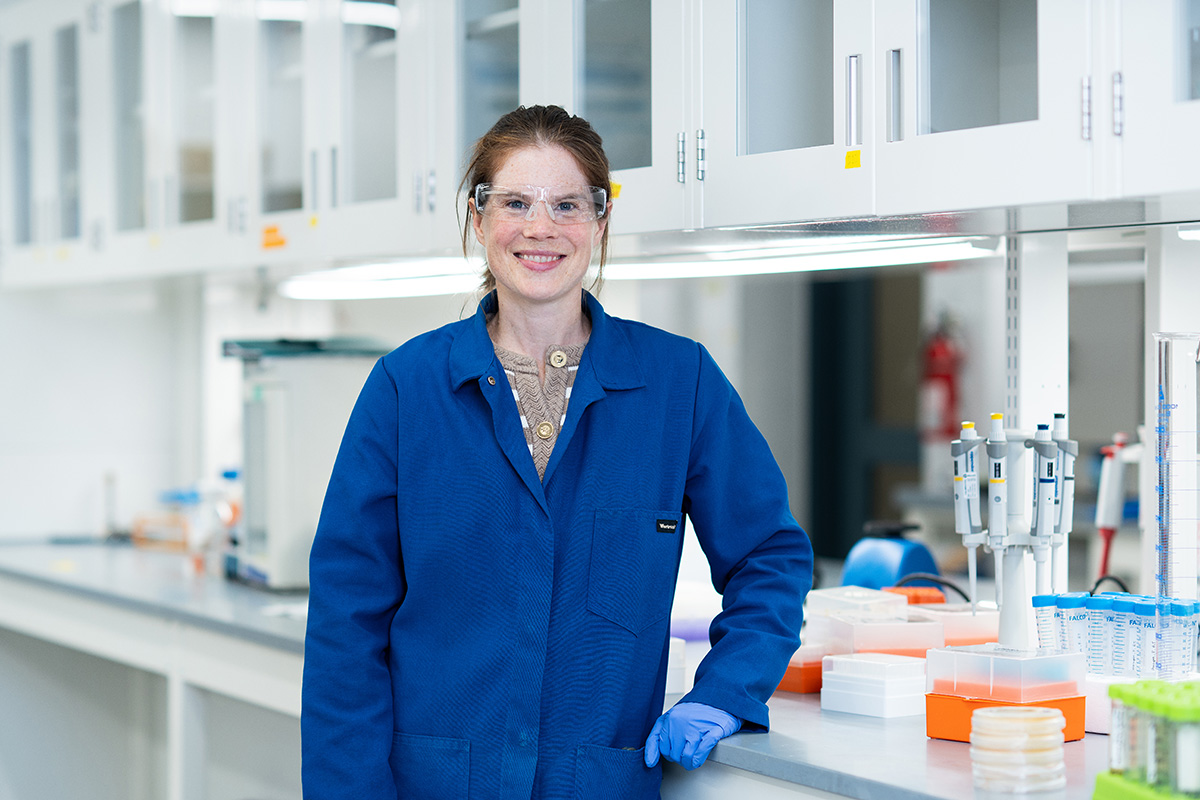
Department of Chemistry Associate Professor Amy Rand
Forever chemicals do not break down
But despite their many uses, PFAS have considerable downsides. Colloquially, they are known as forever chemicals because PFAS do not break down. PFAS remain inside the body for years, silently increasing our risk for a laundry list of ailments. Certain PFAS increase the incidence of prostate, kidney and testicular cancers. They reduce vaccine response, lower our body’s ability to fight infections, and are associated lower birth weight in babies.
But Rand hopes that microbes already inside our bodies might help accelerate the process of breaking down PFAS. Inside our intestines, there are hundreds of different microbes that help us digest the food we eat, and Rand is exploring whether the same microbes could break down forever chemicals–and she is doing it with excrement.
“We need to use something that is representative of the human microbiome, so we are exposing PFAS to microbes in human fecal matter,” says Rand.
“The PFAS will be suspended in different fecal samples for a few weeks, serving as a proxy for the gut microbiome. We will monitor the degradation of the chemicals with analytical chemistry tools and observe the effect that different microbes have. Microbes can break bonds in other contaminants, and we want to see if they can break PFAS bonds too.”
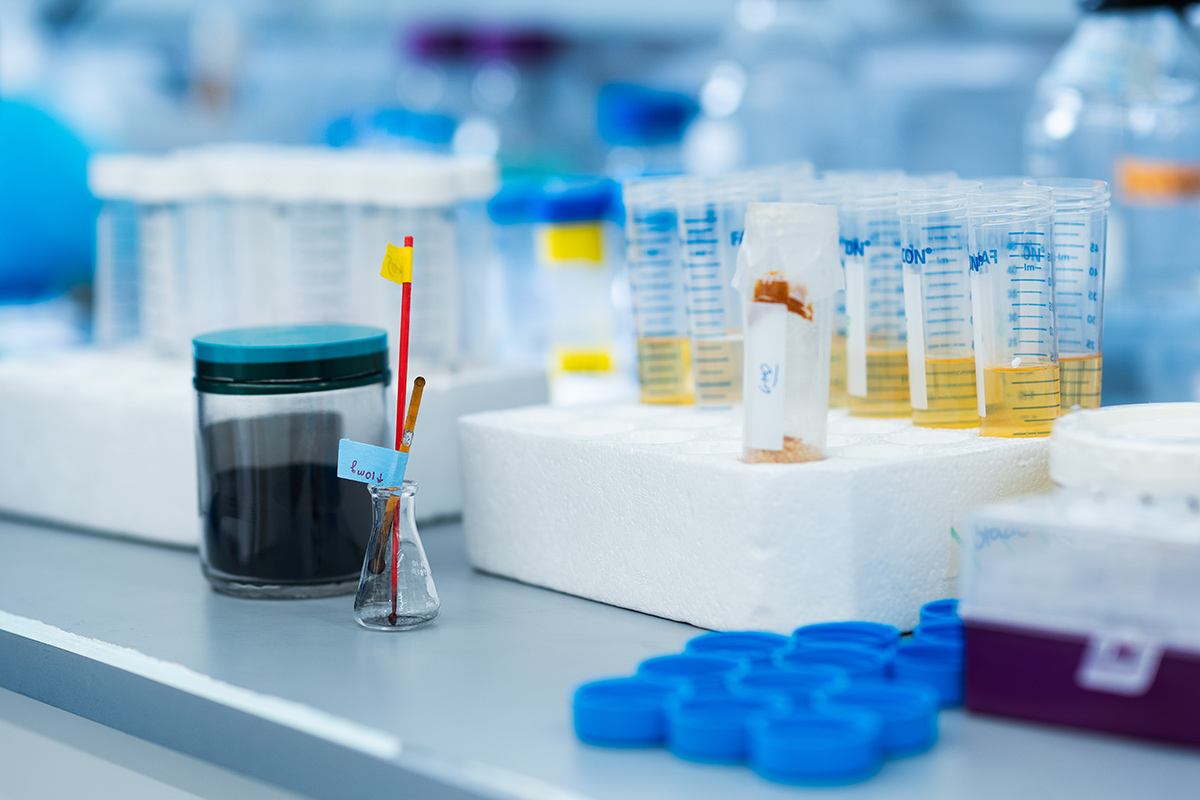
The potential to make a significant impact
The research is funded through a $250,000 grant from the Social Sciences and Humanities Research Council’s New Frontiers in Research Fund’s Exploration Stream, which supports high-risk, high-reward interdisciplinary research with the capacity to explore something new that might fail but has the potential to make a significant impact. Along with Rand’s environmental analytical expertise, co-PI Daniel Grégoire brings microbiological and ‘omics knowledge required to make this project possible.
And it is a fitting source for research funding. If a microbial species or an enzyme is found to break down PFAS, it would be a scientific first. There is really no technology out there that can break down the strong carbon-fluorine bonds. And this knowledge would have multiple possible applications.
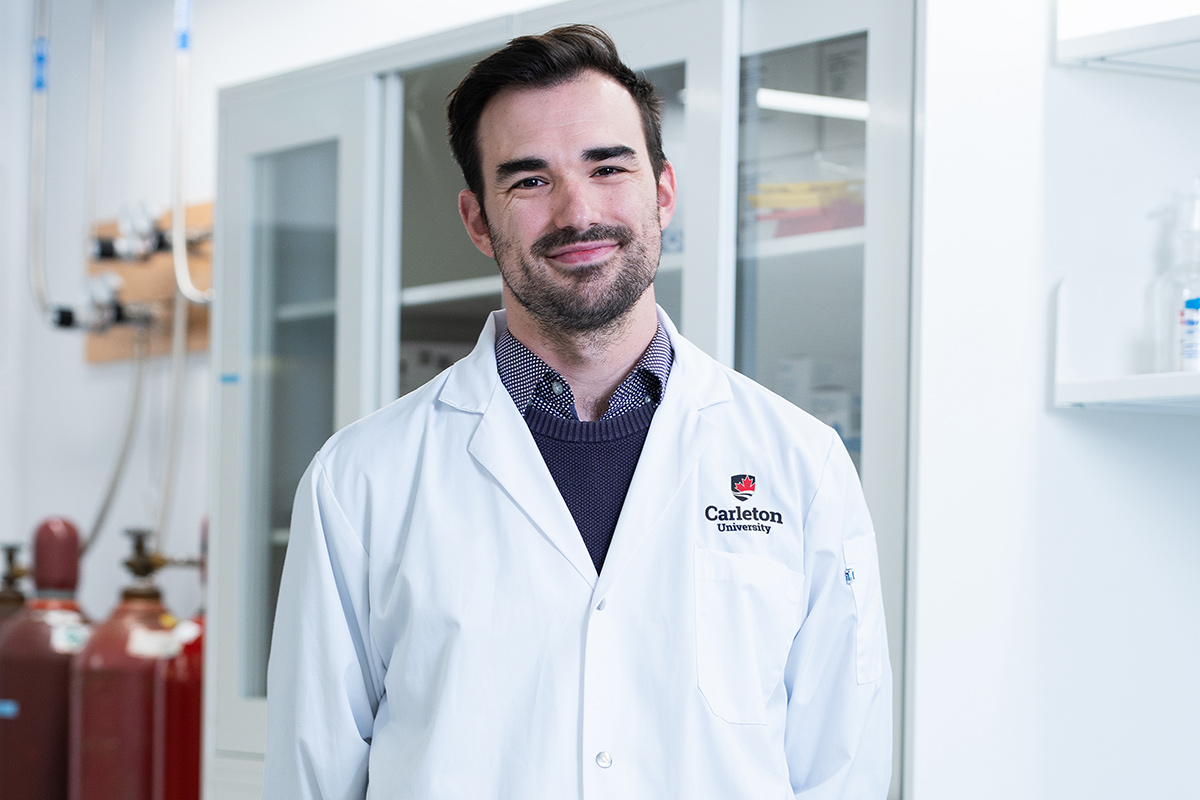
Department of Chemistry Assistant Professor Daniel Grégoire
“The human microbiome is associated with diet,” says Rand.
“So, it would raise the possibility that changing our diet could select for a certain microbe better at degrading PFAS. That would reduce the risks to human health.”
But that is just one way this knowledge might be leveraged. Pollution from forever chemicals can contaminate the water we drink and is found in remote locations like the Arctic. Much of this pollution enters the environment from industrial sources like factories, and a microbe that could break down PFAS could help prevent forever chemicals from entering the environment in the first place.
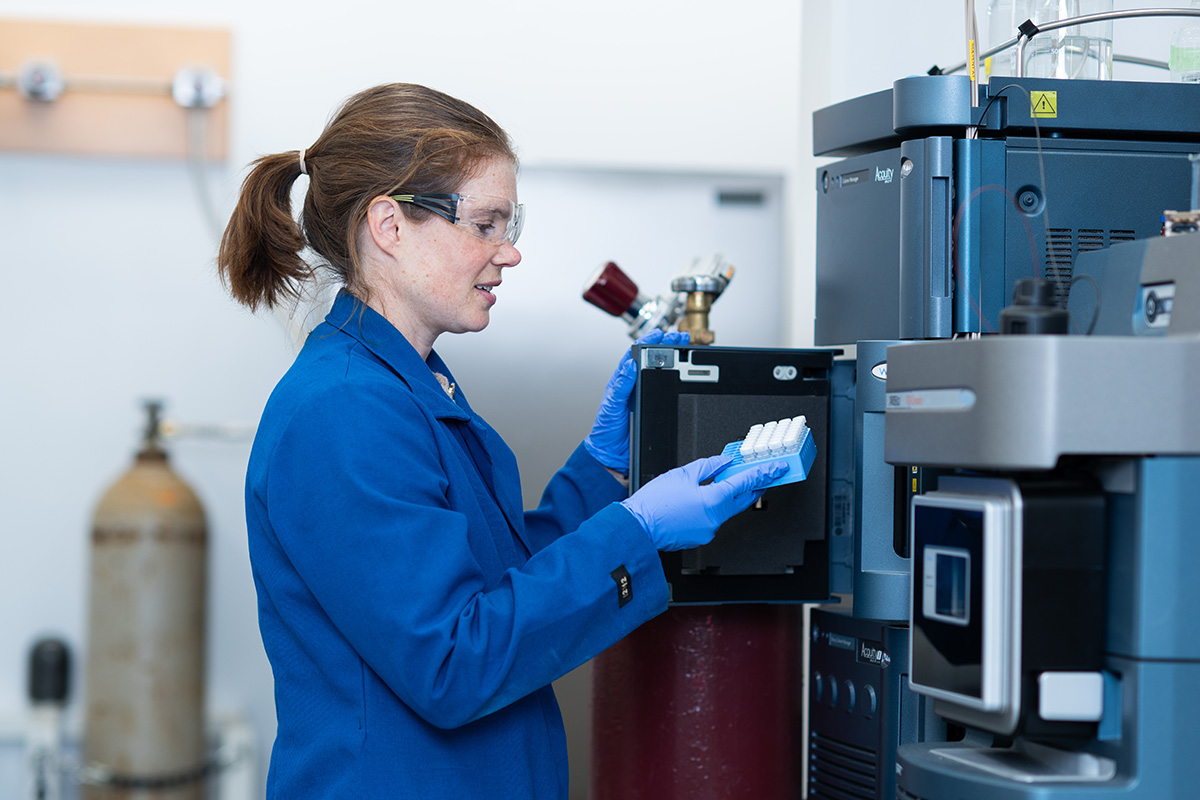
Addressing industrial point source pollution
The Carleton research team believes that if they can identify a microbe that breaks down PFAS, it might be possible to cultivate it outside the body and scale it up to have a large-scale way to address industrial point source pollution.
As awareness of PFAS has grown, regulations have limited the use of some of these chemicals and manufacturers have voluntarily stopped using others. But when one type of PFAS falls out of favour, another one often takes its place. Because these chemicals are often proprietary trade secrets, environmental chemists like Rand must identify what chemicals are being used and their effect on us and on the environment.
“If we cannot find a way to degrade these chemicals, they will continue to accumulate in the environment,” says Rand.
“That poses an ecological risk, and a risk to populations that are exposed. And this is a problem with global reach. There are countries with no PFAS manufacturing where PFAS are still found inside the bodies of their populations. If there is no way to break down forever chemicals, and they are still being put into the environment, they will just keep accumulating. And with more accumulation comes more risk.”
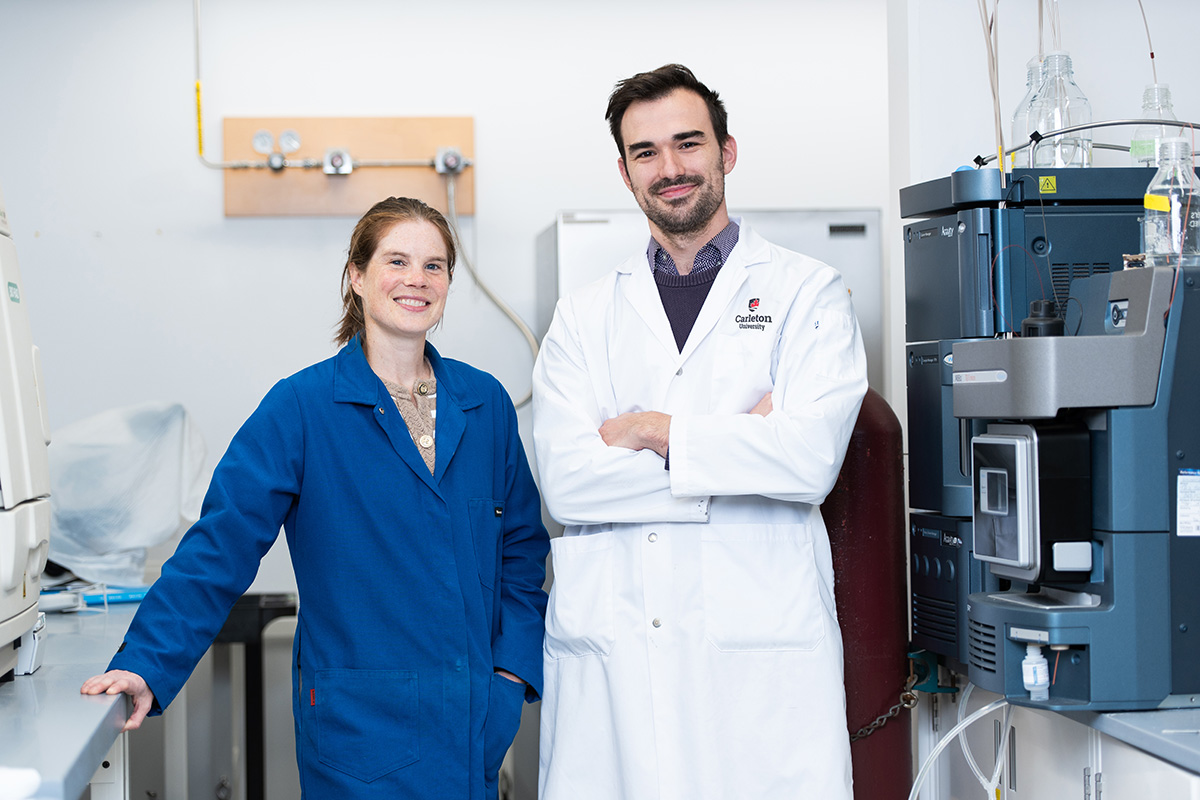
Thursday, October 24, 2024 in Faculty of Science, Research, Science
Share: Twitter, Facebook



